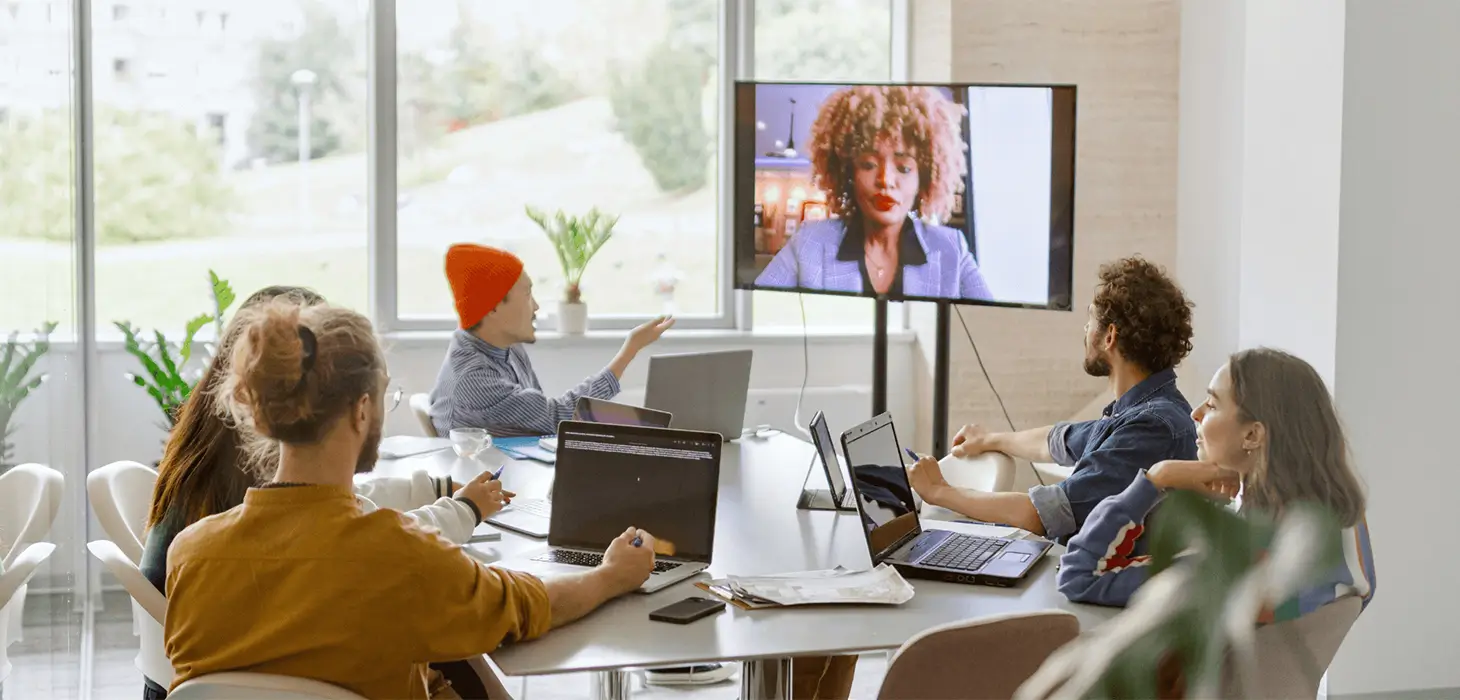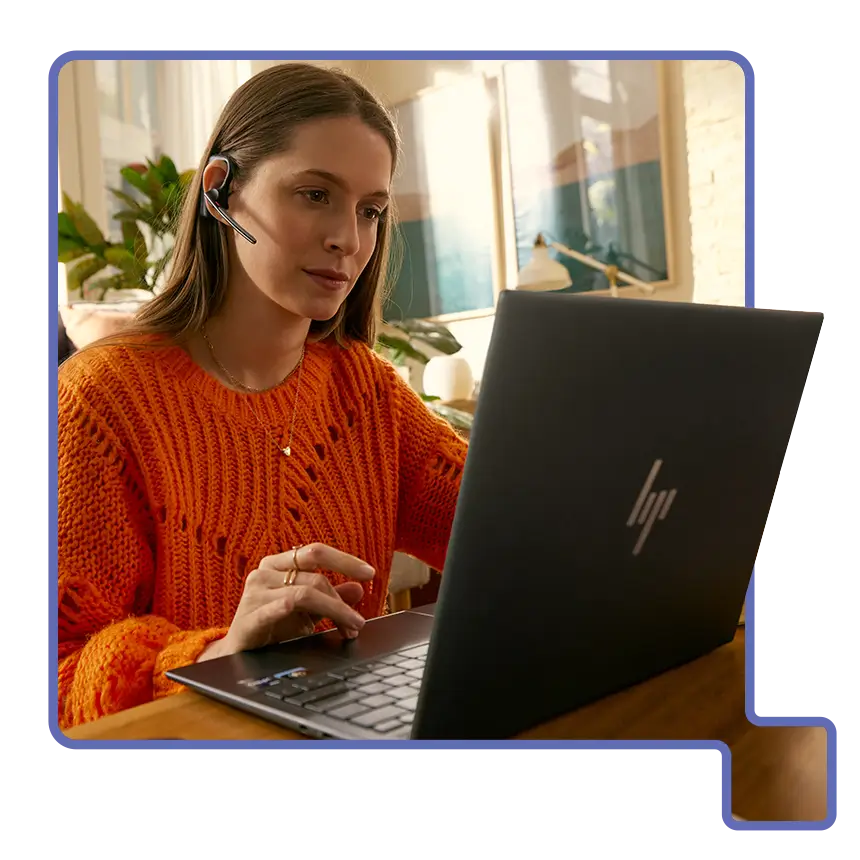It’s hard not to be excited about the way the workforce has evolved. It is no longer defined by physical walls and fixed hours, and is instead a fluid ecosystem where productivity, collaboration, and innovation can flourish across various environments and schedules. Everyone benefits from this, which is precisely why it is so compelling.
For organisations, the modern workplace means developing infrastructure and policies that support diverse working arrangements while maintaining cohesion and purpose. Done well, this means being able to access talent from around the world, make the most of outsourcing opportunities, and reduce operational costs tied to office environments.
For end-users, meanwhile, it represents liberation from rigid structures and the opportunity to align work patterns with personal productivity rhythms and life commitments. With that flexibility, workers are as productive (if not more so) than their in-office counterparts, much less likely to quit, and less motivated by the paycheck. Essentially, they have a good lifestyle and would like to maintain it.
Today's workforce also spans multiple generations, each with distinct preferences and expectations around work. Some team members thrive in bustling office environments, drawing energy from in-person interactions. Others feel they get more done with fewer distractions around them. Gen Z and Millennials, which will collectively account for the overwhelming majority of the workforce over the next few years, are characterised by valuing flexibility, and prefer a hybrid approach, selecting their environment based on the task at hand.
While these positives are abundant, there continues to be a resistance counter-trend, and increasingly, there are calls to return to the office full time. One persistent reason for this push to return to the previous norms is a concern over whether remote work can truly foster the collaboration, spontaneous innovation, and cultural cohesion traditionally associated with office environments.
But treating the answer like a zero-sum game is largely missing the point (and opportunity). While certain types of collaboration benefit from face-to-face interaction, virtual collaboration tools have evolved dramatically, enabling high-quality engagement across distances. With those tools in place, there’s no need to mandate location, and instead, the focus can be on improving the quality and outcomes of the interactions.
Progressive organisations are creating what we can call "collaboration choreography." That refers to a combination of in-person and virtual engagement that plays to the strengths of each format. Or, to put it another way, if you’re holding a team retreat or an all-day strategic planning workshop, it makes sense to summon everyone into the same room. But for the morning standup meeting? Letting people do that while on the road or at home can only benefit everyone.
AI's Role in the Office and Shaping the Human Experience

Artificial intelligence represents another major shift in how work gets done—but not in the way many fear. We should have moved on from the fear that AI will replace humans, but it persists. In these cases, the answer remains the same: Rather than replacing humans, well-implemented AI enhances human capabilities by handling routine tasks and providing insights that inform better decision-making.
People should love the way AI eases their work burdens (and they generally do, once you can move them past the fear). AI tools can reduce cognitive load by managing administrative burdens, surfacing relevant information at the right time, and automating repetitive processes. This creates space for the work humans do best: creative thinking, relationship building, and complex problem-solving.
There is a secondary fear that is less commonly vocalised, but just as risky to an organisation looking to leverage the technology. Some worry that AI will simply create "more work," misunderstanding its potential. The goal isn't to pack more tasks into each day but to elevate the quality and impact of human contribution by removing friction from workflows.
Finally, there are growing fears that AI’s not delivering what it promised to. This concern is a result of growing research that shows that AI projects fail to deliver expected value. To address this, technology leads and organisations need to be able to quantify the value of every investment into AI. The most meaningful metrics look beyond simple efficiency gains to measure business outcomes:
Ready to Explore the Hybrid Workplace?
Discover more about creating better work experiences with seamless connectivity and collaboration across teams, workspaces, and locations.
Let's Connect
Let’s connect
Speak with one of our consultants to explore how our technology financing solutions can help drive your growth.
Recommended resources for you

How to Build Collaborative Work Environments for Hybrid Workforces
Unlock the full potential of your workforce. Learn how collaborative solutions can enhance communication, boost productivity, and foster innovation across dispersed teams.

The Future of the Hybrid Workplace: What to Expect in 2024 and Beyond
Explore the latest trends in the hybrid workplace for 2024 and learn how businesses are investing in digital services, remote work hubs, and AI to optimise productivity.

Reframing Our Security Mindset Now We’re Working Everywhere
Ricoh New Zealand empowers secure hybrid work with seamless, flexible solutions—anywhere, anytime.



